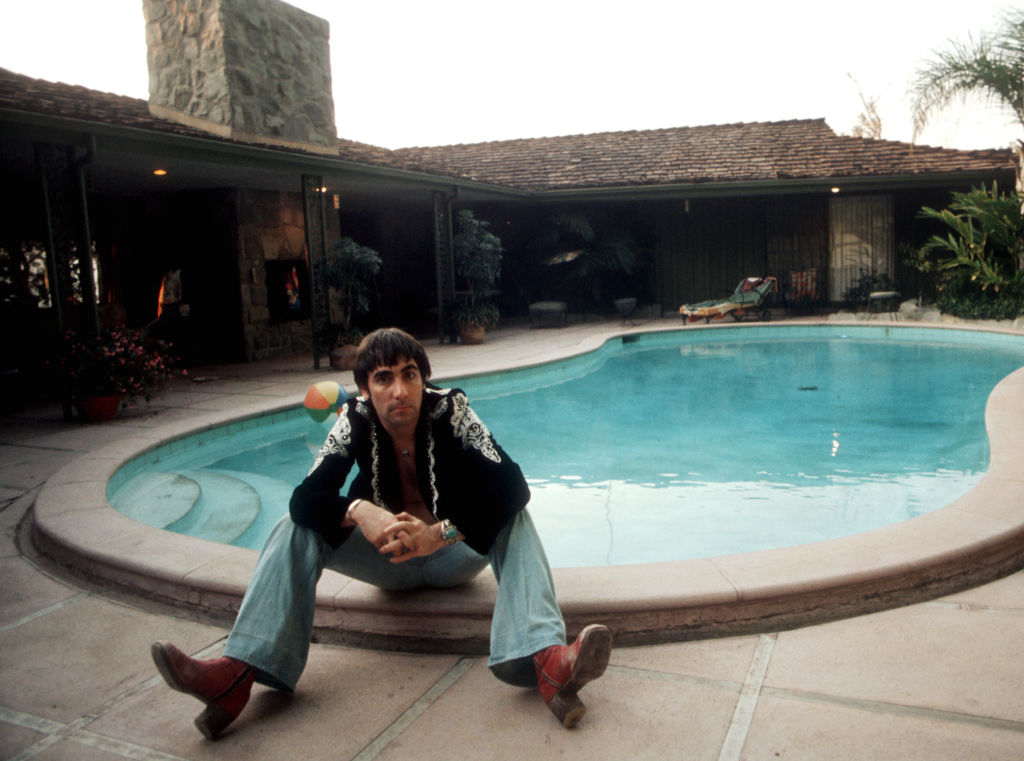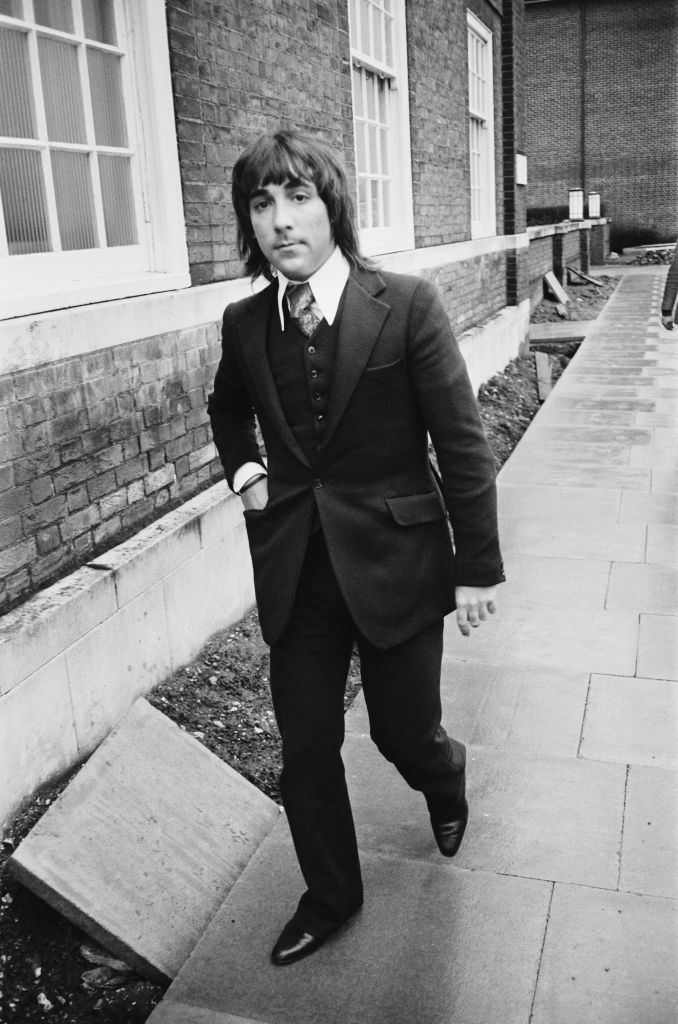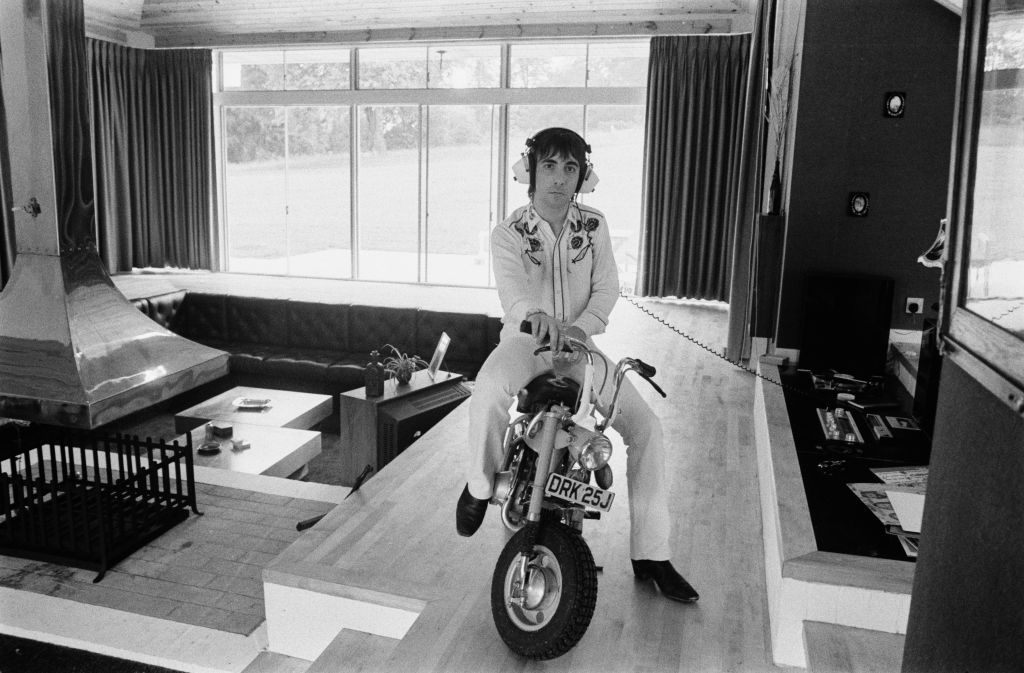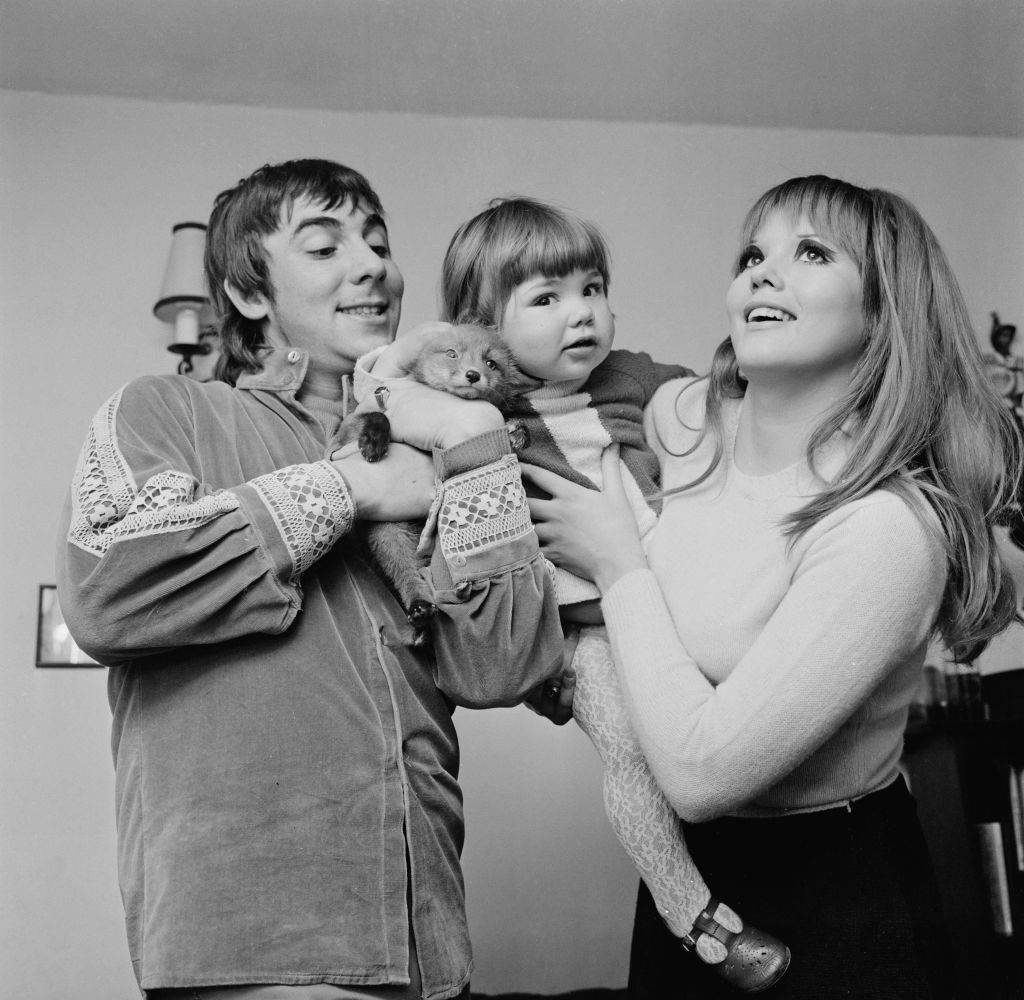Keith Moon: The Who’s comic and combustible drummer who single-handedly established the trope of rock ‘n’ roll sticksmen being the band’s wildest, most unpredictable members. Generally speaking, drummers were just cheerfully reliable beat-keepers until ‘Moon the Loon’ entered the fray with the mod icons, creating the archetype of an animalistic whirlwind of a personality that could command the focus of a performance with their antics as much as their musicianship.
His legendary excesses and prankster exploits often outshone any praise he received as a player, with the myth of driving a Rolls Royce into a swimming pool, trashing hotel rooms, and stuffing his bass drum full of fireworks during a televised performance poised on the tip of people’s tongues as soon as his name is mentioned.
Of course, he was an immensely talented drummer and is entirely deserving of his place amongst the pantheon of rock ‘n’ roll’s greatest. Moon’s magnetic, even shamanistic performance on the skins for ‘Pinball Wizard’ during The Who’s headline set at the Isle of Wight Festival in 1970 is proof enough of that accolade.
However, it was his endless waltz with substance abuse that ultimately defined Keith Moon and would be the cause of his death. Sadly, his life ended whilst The Who’s influence was dwindling. The classic rock four-piece was creatively fatigued and out of shape, especially compared to the live performance powerhouse of a band they blossomed into at the turn of the previous decade.
The Who’s final performance with their original lineup was in 1978, just four months before Moon died. Performing a mini-concert at Shepperton Studios for a career-spanning documentary they were releasing, The Kids Are Alright, the band were evidently rusty, with Moon visibly bloated and off-beat. The director had to beg them to perform ‘Won’t Get Fooled Again’ to capture a decent take. Whilst it was certainly no disaster, they did not reach the spectacular heights of their lauded Woodstock set nearly a decade earlier.
On the brink of releasing a new album with The Who, Moon’s dependency on drugs and alcohol took its toll. Moving back to London from Los Angeles, he rented Harry Nilsson’s flat, where The Mama & The Papas’ Cass Elliott died four years prior. Nilsson reportedly expressed concern about the flat being cursed, with The Who guitarist Pete Townshend supposedly reassuring him that “lightning wouldn’t strike the same place twice”.

READ MORE: ★★★☆☆ Roger Waters at the London Palladium review | From the sublime to the awkward
According to his girlfriend of four years, Annette Walter-Lax, Moon fully intended to kick the booze and drugs, so he was prescribed Heminevrin for withdrawal. The night before he died, he and Walter-Lax were personally invited to a screening of The Buddy Holly Story and Paul McCartney’s party afterwards, though Moon wasn’t keen on venturing out.
“He couldn’t sit through the movie. He had to leave there, and I don’t know if he had some anxiety or if something else was troubling him. But he was different that evening, and he didn’t seem to want to drink or take any drugs in particular,” Walter-Lax told Goldmine magazine in a 2020 interview.
After returning home in what turned out to be a fairly inconspicuous evening together, Annette woke up on 7th September 1978 to find Moon unresponsive. The Who legend had overdosed on a mixture of Heminevrin and alcohol. Police determined that there were thirty-two pills in Moon’s system. Though he was excessive in his consumption, Walter-Lax believed it was accidental, recalling that Moon set his sights on an acting career.

His death was tragically premature and entirely preventable, which still haunts Walter-Lax still. “It was just so incredibly tragic. I went to sleep in the living room because he was snoring so badly, and I didn’t want to wake him up because I thought he was going to sleep, and I let him sleep. So I mean, it was just such a tragic, tragic night. And I wonder if I had just stayed awake or if I just hadn’t gone into the other room. You know all these thoughts, just thinking of these “what ifs”, she admitted in Goldmine.
READ MORE: Dear Young Me: Pete Townshend writes a letter to his younger self
Having trained as a psychologist in the years since she lost her partner, Annette Walter-Lax believes that Keith Moon was, in fact, bipolar. “A typical day apart from the holidays with Keith would just be unpredictable,” she revealed. “He could wake up, have breakfast, looking for alcohol, drugs and just start to go off on one of his benders, you know… no, I can’t say there was such a typical day, he changed from day to day, he could be funny, he could be fun to be with one day, and the next day, he could be something totally different.”

“I think he had a borderline issue, and that includes bipolar, yes it does, and I think he also had multiple personality disorder. This is probably because he didn’t really find himself, he didn’t go out to find out exactly for himself who he was and how to come across and put himself across best.” Even Keith Moon’s most intimate existence was as erratic and explosive as his on-stage, ‘rock star’ behaviour. Differentiating the two was a struggle.
“We didn’t know about bipolar disorder. I have never heard of bipolar and at that age, I don’t know if the words existed even. So, I didn’t know how to translate his behaviour,” Annette said, bemused even now. Lamentably, bipolar wasn’t part of the lexicon of the era, with most of Moon’s problems – and solutions – being attributed to substance abuse.
Though his life was tragically cut short, Keith Moon’s legacy remains firmly intact as one of rock ‘n’ roll music’s most incendiary icons, despite his death being a cautionary tale for understanding mental health issues.
Keep up to date with the best in UK music by following us on Instagram: @whynowworld and on Twitter/X: @whynowworld




